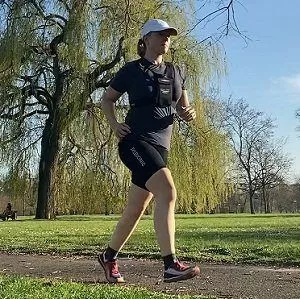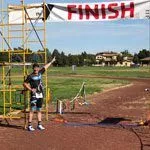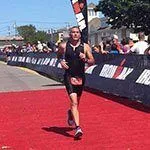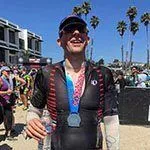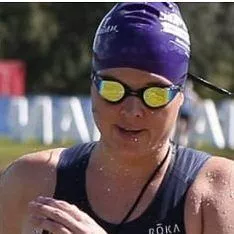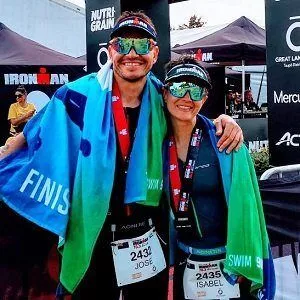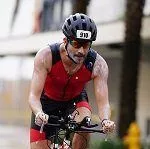Intensity Guidelines for Swimming
by Leyla Porteous
We recommend also reading Understanding Your 80/20 Swim Strong Plan and Understanding Your TrainingPeaks Structured Workout Plan after reading this article.
Your 80/20 Swim plan employs a seven-zone intensity scale. Performing each workout and workout segment at the right intensity is at the heart of 80/20 training. This article provides all of the information you’ll need to determine your intensity zones so you can monitor your intensity during workouts and ensure you’re always in the right zone.
Your personal intensity zones can be automatically calculated based on the protocols described below at the 80/20 Zone Calculator or directly in TrainingPeaks.com using the steps outlined in the document Understanding Your TrainingPeaks.com Structured Workout Plan.
Swim Pace
Pace is the most useful intensity metric for swimming and the metric that all of our swim workouts are structured with. Your seven custom swim pace training zones are based on your swim pace at lactate threshold intensity. The best way to find your lactate threshold pace in the water is with something called the critical velocity test. It’s fairly simple: Go to the pool, warm up with some easy swimming, and then swim 400 meters or yards as fast as you can, recording your time. Rest for two minutes to several minutes and then swim 200 meters or yards as fast as you can, again recording your time.
After your test, use the zone calculator or use the 80/20 auto-calculation directly in your TrainingPeaks Zone settings to determine your swim zones. Alternatively, you can calculate your threshold swim pace based on the following formula:
Critical velocity (CV) = (400 meters/yards – 200 meters/yards) ÷ (400 time – 200 time)
Let’s look at an example.
Suppose you swim your 400-yard test in 4:21 (4.35 minutes) and your 200-yard test in 2:02 (2.04 minutes).
Your critical velocity, then, is (400y – 200y) ÷ (4.35 min. – 2.04 min.) = 86.6 yards/min. However, it is customary to express critical speed in the form of time per 100 yards.
To make this conversion, divide 100 by your critical velocity. In this example, 100 ÷ 86.6 = 1.15. So your lactate threshold pace per 100 yards is 1.15 minutes, or 1 minute and 9 seconds.
A mathematician will notice that the CV formula result is influenced both by the time and the delta between the two tests. Even if your total combined 400+200 time goes down from test A to test B, if the difference between the 400 and 200 times are greater in test B, your CV might increase. In this way, the CV test "punishes" the athlete for poor pacing.
Some swimmers therefore may have a difficult time with the CV test. An alternative test is the 1,000 yard time trial. Swim 1000 yards (or meters) as fast as you can. Your average pace per 100 is your lactate threshold swim pace.
Keeping Your Zones Current
As your fitness level changes, you will need to adjust your zones to keep them current.
Many athletes like to update their zones on a regular schedule. If you wish to do so, choose a preferred testing method from above and repeat it during every third or fourth week beginning with the first recovery week of your plan.














